
How to Ride a Hoverboard: A Beginner’s Guide
Hoverboards are a fun and futuristic way to get around — but if you’ve never ridden one before, they might look a bit intimidating. Don’t worry! With the right guidance and a little practice, you'll be cruising confidently in no time. This beginner’s guide will walk you through everything you need to know, from choosing the right board to mastering the basics and staying safe on the move.
Whether you're planning to use a hoverboard for daily commutes, weekend fun, or just to keep up with a growing trend, learning how to ride it properly is key. Many first-time riders feel nervous, but learning to ride a hoverboard is often much easier than it seems. It all comes down to patience, balance, and safety.
Mastering the Basics: A Step-by-Step Guide

Don’t worry — riding a hoverboard is much easier than it looks. The key is to remain calm, keep your movements steady, and give yourself time to adjust. This step-by-step guide will help you get started with confidence, covering everything from powering on to moving, turning, and stopping safely.
-
Switch On the Hoverboard - Before getting started, ensure your hoverboard is fully charged and switched on. Place it on a flat, stable surface and allow it to self-balance if it has that feature.
-
Step On with Confidence - Place your dominant foot on one of the footpads. Once it's steady, carefully lift your other foot onto the opposite pad. Stand upright, keeping your posture relaxed.
-
Find Your Balance - Keep your feet shoulder-width apart and your knees slightly bent. Focus on staying centred, and avoid sudden movements — hoverboards respond quickly to shifts in weight.
-
Move Forwards - To move forwards, gently lean your body in that direction. The further you lean, the faster the hoverboard will go — start slow and steady until you feel in control.
-
Make Smooth Turns - To turn, shift your weight subtly towards the direction you wish to go. For example, press down with your right toes to turn left, and your left toes to turn right.
-
Stop Safely - To slow down or come to a stop, lean your body slightly backwards. The hoverboard will respond by gradually reducing speed until it stops completely.
How to Safely Dismount a Hoverboard
Getting off a hoverboard may seem simple, but doing it the right way is crucial for staying safe and maintaining control. A smooth dismount prevents slips, stumbles, and accidental falls — especially for beginners. Follow these steps to dismount with confidence and control:
-
Come to a Complete Stop - Before dismounting, gently slow down by leaning slightly backwards. Engage your core for balance and allow the board to come to a gradual stop. Avoid stopping abruptly, as this can throw off your balance and cause the board to jerk forward.
-
Step Back, Not Forward - Once the board is completely still, shift your weight to your dominant foot. Carefully lift your other foot and place it behind the board on the ground. Then transfer your weight onto that foot and lift your dominant foot off the board.
Important: Always step backwards off the hoverboard. Stepping forward can cause the board to move unexpectedly, which may lead to a fall. -
Practice Makes Perfect - Like any movement involving balance, dismounting takes a bit of practice. It’s normal to wobble at first. With repetition, your muscle memory will improve, making each step off more natural and controlled.
How Hard Is It to Ride a Hoverboard?
Most beginners get the hang of riding a hoverboard within 15–30 minutes. The hardest part is usually stepping on and off the board, as the self-balancing mechanism reacts to your body movements. Once you're standing steadily, controlling it becomes more intuitive.
The learning curve varies depending on your balance, coordination, and confidence. While children may learn faster due to their lower centre of gravity, adults can master it too with a bit of persistence.
Learn to Ride Safely
When learning to ride a hoverboard, safety should always come first. Begin in a spacious, flat area free from traffic, people, or obstacles — such as an empty car park or a quiet park path. Always wear proper protective gear, including a helmet, knee and elbow pads, and wrist guards, to reduce the risk of injury from falls. Start slowly by practising balance while stationary, then gradually move on to gentle movement.
Take time to master basic skills like turning, stopping, and accelerating in a controlled environment. Maintain a relaxed, upright posture with knees slightly bent and your feet firmly positioned on the footpads. With patience and practice, you’ll build confidence and ride more safely.
Choosing the Right Hoverboard That Suit Your Style
|
Specification |
||||
|
Image |
||||
|
Price |
£108.99 |
£108.99 |
£205.99 |
£258.99 |
|
Motor Strength |
Dual 350W |
500W (Dual 250W Hub Motor) |
700W (Dual 350W Hub Motor) |
700W (Dual 350W Hub Motor) |
|
Max Speed |
6.8 MPH |
Up to 7.5 mph (12km/h) |
Up to 9 mph (15km/h) |
Up to 9 mph (15km/h) |
|
Range |
6.2 Miles |
Up to 7.5 miles (12km) |
Up to 12.4 miles (20km) |
Up to 12.4 miles (20km) |
|
Climbing Angle |
Up to 10° |
Up to 10° |
Up to 10° |
|
|
Battery Size |
25.9V 2.6AH |
|||
|
Battery Capacity |
36V, 2Ah |
36V, 4Ah |
36V, 4Ah |
|
|
Charge Time |
5–6 Hours |
2–3 Hours |
2–3 Hours |
2–3 Hours |
|
Weight Limit |
Up to 220 lbs (100kg) |
Up to 200 lbs (100kg) |
Up to 200 lbs (100kg) |
|
|
Maximum Rider Weight |
119 lbs |
|||
|
Product Weight |
5.7kg (12.6 lbs) |
6.5kg (14.3 lbs) |
6.5kg (14.3 lbs) |
|
|
Item Weight |
10.14 lbs |
|||
|
Wheel Size |
6.5" |
6.5" |
8.5" |
8.5" |
|
Tires |
Solid tire |
Solid tire |
Solid tire |
|
|
Brake |
Electromagnetic brake |
|||
|
Display |
Power Indicator |
|||
|
Lights |
Colorful LED |
LED light up deck and wheels |
LED light up deck and wheels |
LED light up deck and wheels |
|
3 Modes |
Beginner/Skilled/Master modes |
|||
|
Bluetooth |
Yes |
Yes |
Yes |
Yes |
|
Water Resistant |
Yes |
Yes |
Yes |
|
|
App Monitor |
No |
No |
Yes |
|
|
Product Dimensions |
20.1"x7.1"x7.1" |
23.6"x7.3"x7.5" |
580190190 mm |
580190190 mm |
Ride Your Hoverboard Like a Go-Kart

Ever wondered if your hoverboard could be more than just a standing ride? Now it can be! With the Go-Kart K3 hoverboard attachment, you can ride your hoverboard like a go-kart, adding a whole new level of fun, speed, and control to your adventures. It’s the perfect way to transform your standard hoverboard experience into something more exciting, stable, and suitable for riders of all ages.
Riding a hoverboard in kart form not only adds thrill, but it also makes balancing much easier — especially for younger riders or beginners. The seated position offers better control, reduces the risk of falling, and lets you enjoy longer rides without fatigue. Whether you're racing friends or cruising around the park, the hoverkart is a brilliant upgrade.
Meet the K3 Hoverboard Go-Kart
Transform your hoverboard into a fun, seated go-kart with the K3 iHoverboard Go-Kart Attachment. Designed for 6.5", 8", 8.5", and 10" hoverboards, it’s perfect for kids and beginners seeking more control and comfort.
Installation is quick and easy — you're ready to ride in under 10 minutes. With dual hand controls, a 360° swivel wheel, and adjustable frame length (27”–35.5”), riders of all ages (4–65) can enjoy a smoother, safer experience.
Built with durable materials, it supports up to 270 lbs, featuring a wide seat and soft grip handles for comfort. Includes 6 spare straps for added security.
Key Features
-
Fits 6.5", 8", 8.5", and 10" hoverboards (except H1)
-
Easy 10-minute setup
-
Adjustable frame (27”–35.5”) for ages 4–65
-
360° swivel front wheel for smooth turning
-
Supports up to 270 lbs (122 kg)
-
Wide seat and soft grip handles for comfort
Conclusion
Riding a hoverboard may seem daunting at first, but with the right approach, it quickly becomes second nature. By taking the time to understand the basics — from mounting and movement to turning, stopping, and dismounting — you’re laying the groundwork for a smooth, enjoyable experience. Always prioritise safety, wear protective gear, and practise in a calm, open space until you feel confident.
Remember, everyone starts as a beginner. With a bit of patience and persistence, you’ll be gliding around effortlessly in no time. Whether you’re riding for fun, transport, or just to try something new, hoverboarding is a fantastic way to combine balance, control, and excitement. So step on, stay steady, and enjoy the ride!
FAQs
Can you ride a hoverboard on a carpet?
Yes, you can ride a hoverboard on a carpet, but it may feel slower and less smooth due to increased resistance. It’s a good surface for beginners to practise balancing at low speeds.
How to ride a hoverboard go kart?
Attach the go-kart frame securely to your hoverboard, sit down, and use the side handles to steer and control speed. Push forward to move, pull back to reverse.
What is the most common injury on a hoverboard?
Wrist fractures and sprains from falls are the most common. Wearing a helmet and pads helps prevent serious injuries.
iScooter E Scooter Collections:
Electric Scooter | Kids Electric Scooter | Electric Scooter for Adults | Electric Scooter with Seat | Off-Road Electric Scooter | Foldable Electric Scooter | Girls Electric Scooter | 1000W Electric Scooter | 2000W Electric Scooter | Boys Electric Scooter | Dual Motor Electric Scooter | Big Electric Scooter | Electric Scooter with Suspension | Lightweight Electric Scooter | Commuter E-Scooters | 3 Wheel Electric Scooter
Show more ▼iScooter E Bike Collections:
Foldable Electric Bike | Affordable Cheap Electric Bike | Electric Bike for Adults | Electric Motor Bikes | Trek Electric Bike | Fastest Electric Bike | Electric Road Bike | Full Suspension Electric Mountain Bike | Giant Electric Bike | Womens Ladies Electric Bike | Mens Electric Bike | Electric Bike with Throttle | Electric Gravel Bike | Electric Mountain Bike UK | Fat Tyre Electric Bike | Electric Hybrid Bike | Electric Motorised Bike | Electric Push Bike | 1000W Electric Bike | Cool Electric Bikes | Electric Off Road Bike | Pedal Assist Electric Bike | Good Electric Bikes | Small Electric Bike | Trek Electric Mountain Bike | 2000W Electric Bike | Full Suspension Electric Bike | Mini Electric Bike | Road Legal Electric Bike | Step Through Electric Bike
Show more ▼👍 Buying Guide | 🚴♂️ Riding Guide
📋 Feature Guide | ❓ Common problem
Product category
Electric Scooter
Cheap Electric Scooters for Adults | Fastest Electric Scooter | Kids Electric Scooter | Mini Electric Scooter
































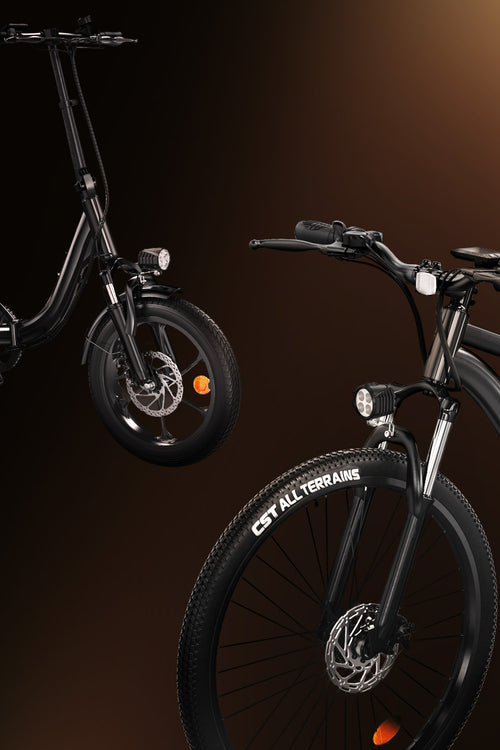
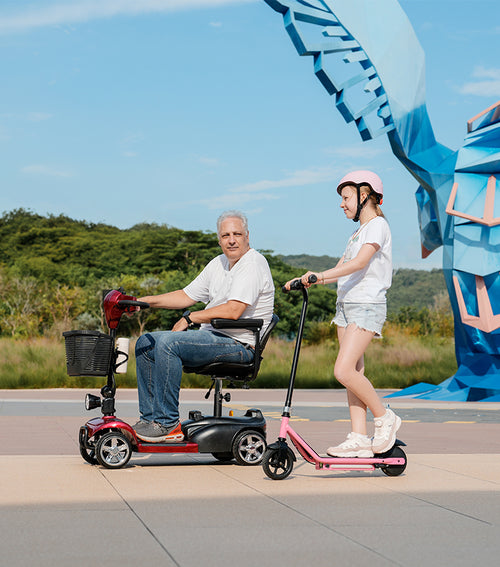








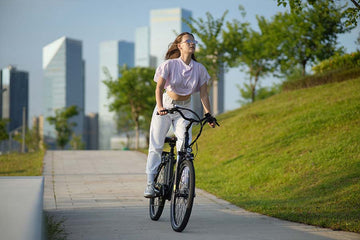

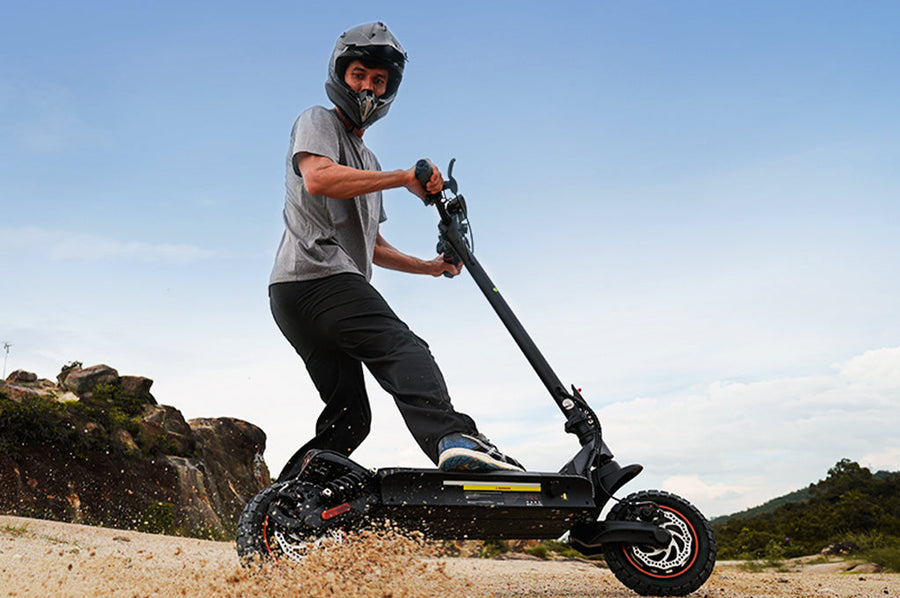


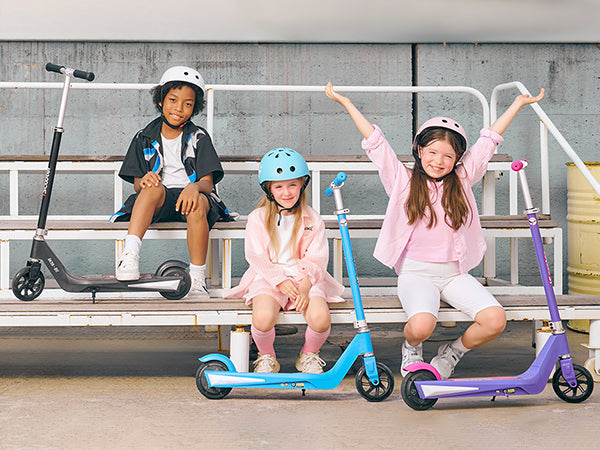
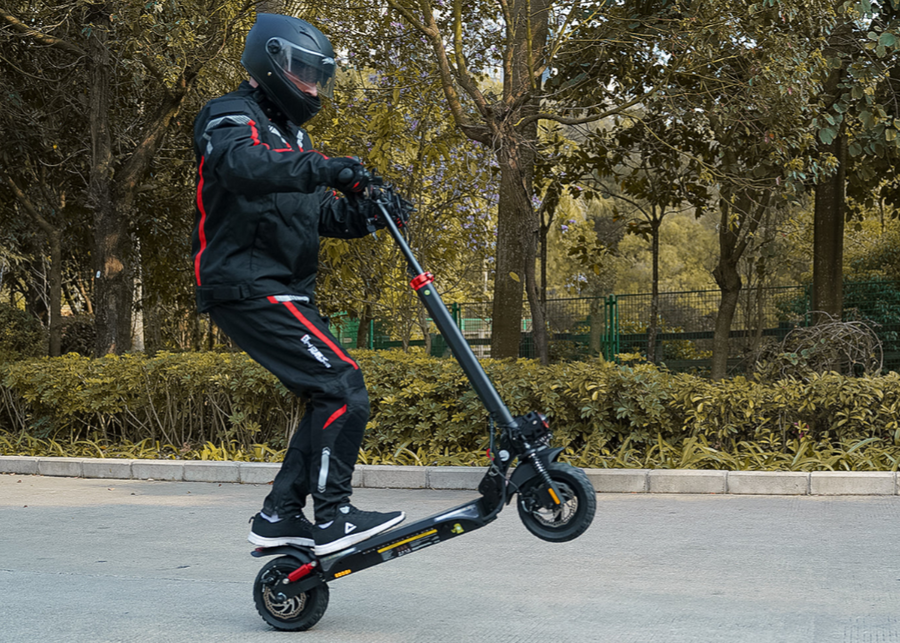
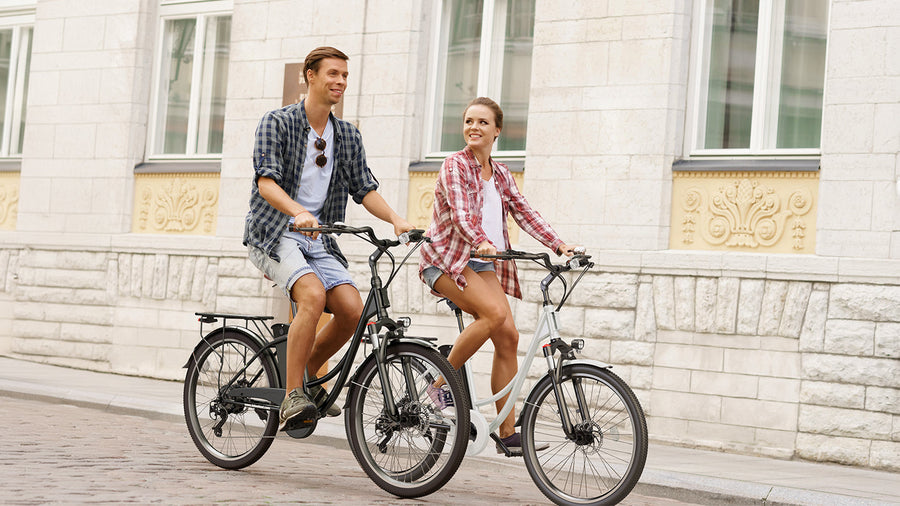
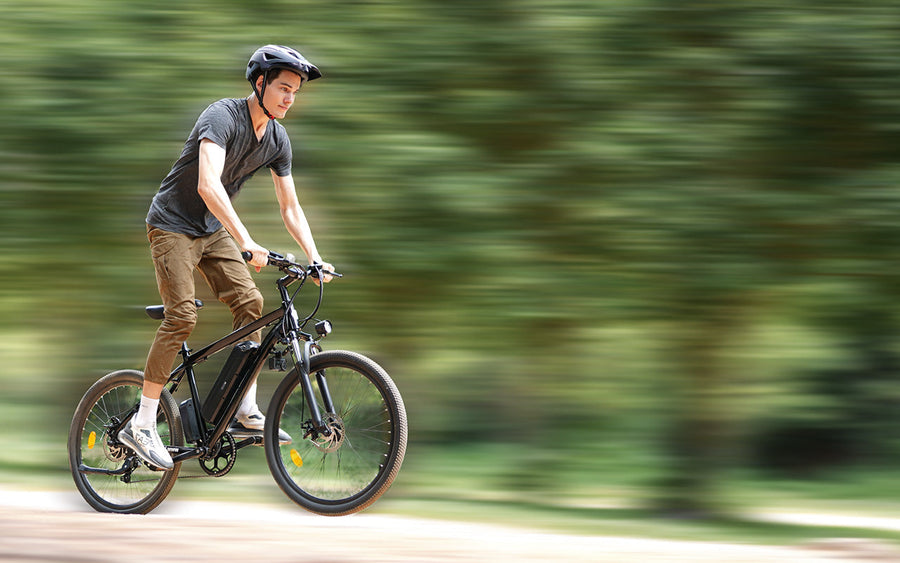
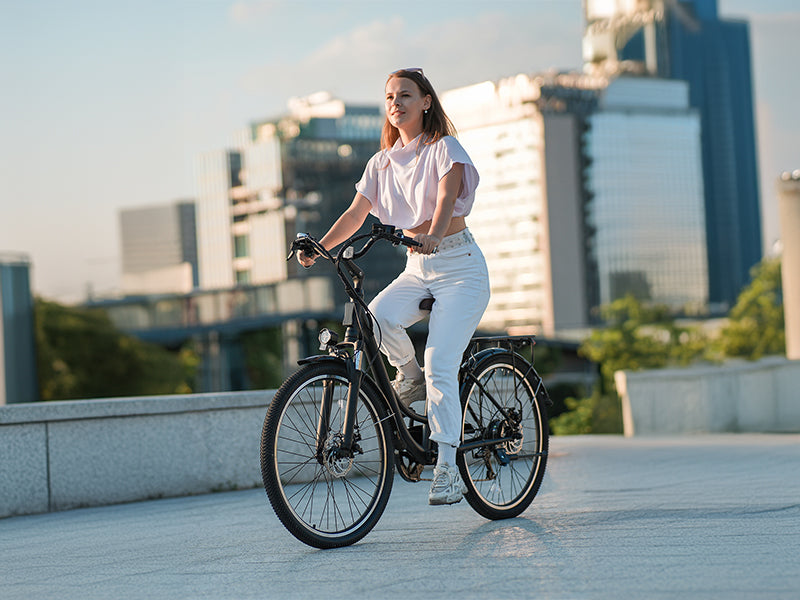
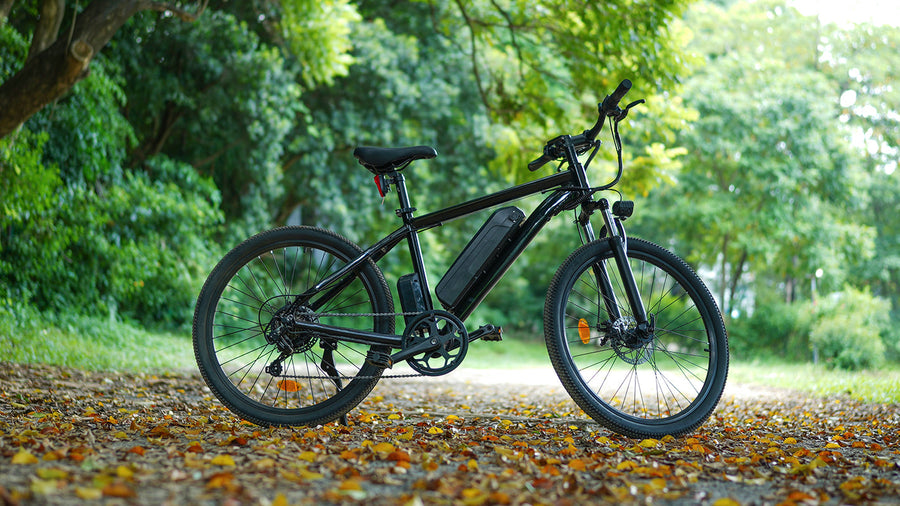
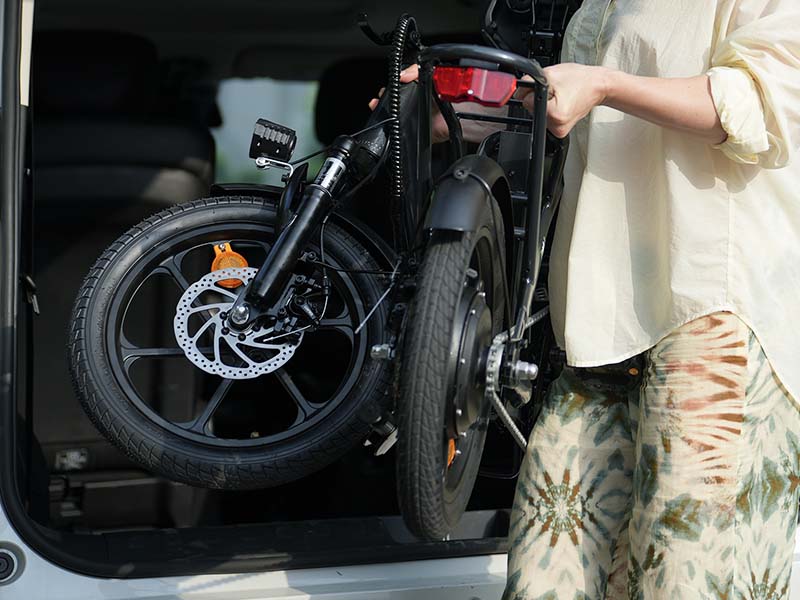
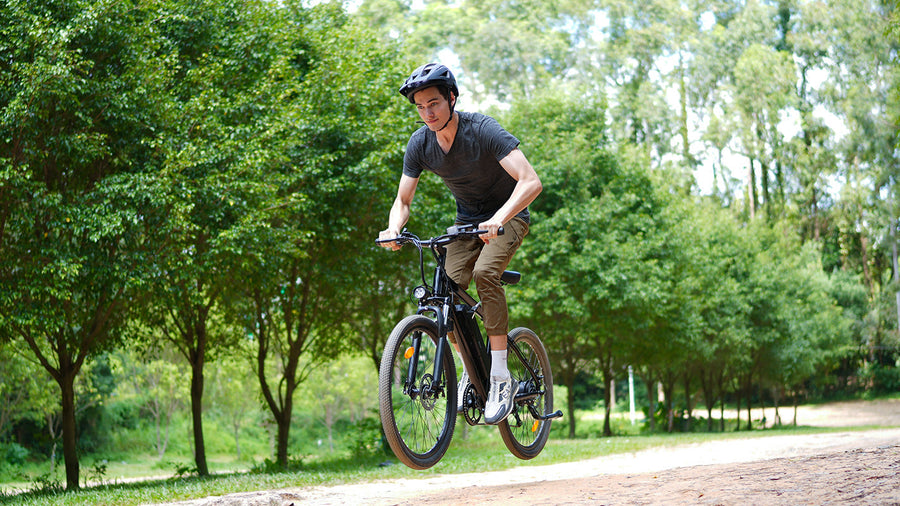









Article tags :
Leave us a message